10 Movies That Started Whole New Genres
The competition within the film industry and the desire to be unique and innovative have led to the creation of new and exciting genres. Many of the films credited with creating new genres first take the basic makings of popular genres like comedy, horror, and sci-fi. These movies then create original combinations with compelling themes and visual styles, resulting in brand-new film genres, including the kaiju film Godzilla and the zombie rom-com Shaun of the Dead.
The accomplishments of these films have not gone unnoticed in the years since the release of their groundbreaking stories. Many of the invented genres continue to be reworked by modern filmmakers inspired by their novelty. Admittedly, there will always be films that predate those mentioned, which feature aspects of the genres created by movies like Yankee Doodle Dandy and Peeping Tom. However, it's these films that string such aspects together in a way that establishes their respective genre's well-known formula for the first time.
10 Cannibal Holocaust (1980)
The First Time Found Footage Was Used In A Horror Film
The found footage technique is a creative way to immerse audiences into a fictional story, and one of the first films to use this technique is 1961's The Connection, directed by Shirley Clarke. While the technique is used in a variety of genres, it's most commonly associated with horror films. The Blair Witch Project, whose clever marketing played a vital role in the film's success, is credited with popularizing found footage movies, inspiring many horror films in the following years.
However, the first horror film to use the found footage technique came in 1980. Found footage horror films have controversial roots thanks to the Italian film Cannibal Holocaust. The movie is centered around a filmmaking crew that has gone missing in the Amazon rainforest while working on their documentary about local cannibal tribes.

Cannibal Holocaust
- Release Date
- June 21, 1985
- Runtime
- 95 minutes
Cast
 Robert Kerman
Robert Kerman Francesca Ciardi
Francesca Ciardi Perry Pirkanen
Perry Pirkanen Luca Barbareschi
Luca Barbareschi
Cannibal Holocaust is a controversial 1980 horror film directed by Ruggero Deodato. It follows anthropologist Harold Monroe (Robert Kerman) and his rescue team as they venture into the Amazon jungle to investigate the disappearance of documentary crew that went missing while researching a cannibalistic tribe.
- Director
- Ruggero Deodato
The film's graphic assaults and shocking animal deaths are justified by some critics as a means of commentary on journalism ethics and the difference of cultures. Still, due to the film's excessive and realistic violence, Cannibal Holocaust has been banned in several countries.
9 Peeping Tom (1960)
Created The Slasher Formula Audiences Are Familiar With Today
Slashers peaked in the '80s, and their popularity with horror fans has only grown throughout the years. However, the originator of the horror subgenre is credited as the 1960 British film Peeping Tom. The film follows a serial killer who observes women he seeks as victims, capturing their final moments on camera.
The film has earned a substantial cult following in the decades after its release, and retrospective reviews have been kinder, as they praise Powell's innovation and focus on voyeuristic themes.
The killer then puts together the videos to create his own personal snuff film for his pleasure. Peeping Tom isn't the first slasher to focus mainly on women as victims, take place in a quiet suburban setting, or utilize the killer's point of view. However, it is seen as the first to put all of these elements together, creating what audiences recognize today as the formula for a classic slasher. At the time of its release, Peeping Tom was highly controversial.

Your comment has not been saved
Peeping Tom
- Release Date
- May 16, 1960
- Runtime
- 101 Minutes
Cast
 Karlheinz BöhmMark Lewis
Karlheinz BöhmMark Lewis Anna MasseyHelen Stephens
Anna MasseyHelen Stephens
Peeping Tom is a 1960 British psychological horror-thriller directed by Michael Powell. The film stars Karlheinz Böhm as Mark Lewis, a disturbed cameraman who films the terror of his victims as he murders them. As Lewis delves deeper into his sinister compulsions, the boundaries between his professional and personal life begin to blur, leading to shocking revelations about his past. Peeping Tom explores themes of voyeurism, the nature of fear, and the destructive impact of childhood trauma.
- Director
- Michael Powell
Critics panned the film for its extreme violence and sexual content, which threatened to put an end to director Michael Powell's career. However, the film has earned a substantial cult following in the decades after its release, and retrospective reviews have been kinder, as they praise Powell's innovation and focus on voyeuristic themes.
8 Deluge (1933)
The First Disaster Film That Was Lost For Several Decades
Disaster films continue to excite fans. The unimaginable, massive destruction happening to familiar landmarks across the world is equally terrifying and fascinating. The first full-length disaster film is Deluge. In the film, catastrophic natural disasters pop up around the world, killing millions upon millions of people. Where most disaster films would stretch out the chaos over much of the movie's runtime, Deluge gets its shocking scenes out of the way within the first part of the movie.

Your comment has not been saved
Deluge
- Release Date
- August 17, 1933
- Runtime
- 70 minutes
Cast
 Lois WilsonHelen Webster
Lois WilsonHelen Webster Sidney BlackmerMartin Webster
Sidney BlackmerMartin Webster Peggy ShannonClaire Arlington
Peggy ShannonClaire Arlington Matt MooreTom
Matt MooreTom
Deluge depicts a catastrophic natural disaster unleashing havoc across the United States. A massive earthquake decimates the West Coast, setting off a colossal flood that endangers the East Coast. Released in 1933, the film explores the human struggle for survival in the face of overwhelming environmental forces.
- Director
- Felix E. Feist
The rest of Deluge is dedicated to the survivorsof the natural disasters, bringing attention to the different ways people act in the aftermath of destruction. While some characters are intent on causing harm to others, most work to rebuild society, balancing realistically dark and hopeful themes throughout the movie. Until 1981, when a low quality, Italian-dubbed print was found, Deluge was considered a lost film.
7 Sweet Sweetback's Baadasssss Song (1971)
Among The First, Well-Received Blaxploitation Films
In the 1970s, Black filmmakers created a new subgenre of action films known as blaxploitation. These movies were made as a response to the cultural misrepresentation of Black people seen in the movies of the prior decades. Rather than being sidelined or portrayed as stereotypical figures, Black characters and communities were at the center of these stories.
Sweet Sweetback's Baadasssss Song is among the first blaxploitation films, alongside another notable entry in the genre, Shaft, which was released just a few months later. Sweet Sweetback's Baadasssss Song is an independent film written, directed, edited, scored, and led by Melvin Van Peebles as the titular character.

Your comment has not been saved
Sweet Sweetback's Baadasssss Song
- Release Date
- March 31, 1971
- Runtime
- 97 minutes
Cast
 Melvin Van PeeblesSweetback
Melvin Van PeeblesSweetback Simon ChucksterBeetle
Simon ChucksterBeetle Hubert ScalesMu-Mu
Hubert ScalesMu-Mu Mario Van PeeblesThe Young Sweetback
Mario Van PeeblesThe Young Sweetback
Sweet Sweetback's Baadasssss Song is a 1971 film directed by Melvin Van Peebles, following a black male prostitute who becomes a fugitive after defending a Black Panther from police brutality. Supported by the ghetto community and various outcasts, he attempts to evade law enforcement in a tense urban landscape.
- Director
- Melvin Van Peebles
Like many blaxploitation films, Van Peebles' movie was largely influenced by the Black Power movement at the time. The director's ability to have such tight control over the film's creative process is a crucial part of blaxploitation films, as it allowed Black creatives to tell personal and honest stories absent from Hollywood at the time.
6 Metropolis (1927)
A Pivotal Introduction Of The Cyberpunk Subgenre
Taking place in a dystopian setting, an essential component of cyberpunk films includes the juxtaposed relationship between technological advancements and a crumbling society. It's not as vibrant as modern cyberpunk films, but Metropolis is recognized as the first of the subgenre. The silent film is set in the future where a utopia-like city is divided by class, with the poorer communities working to run the city so the rich can live comfortably.

Your comment has not been saved
Metropolis is a 1927 silent film directed by Fritz Lang, set in a dystopian future where the son of a powerful city planner becomes enamored with a working-class prophet. Their relationship unfolds amidst a stark social divide, as she foretells the arrival of a mediator to bridge societal gaps.
- Director
- Fritz Lang
Today, Metropolis is regarded as a highly influential film and a must-see sci-fi masterpiece. A handful of recent films better execute their commentary on class division and technological progress, but Fritz Lang's work is still viewed as being groundbreaking. The masterful worldbuilding engages audiences and allows them to become easily invested in the struggle to unite society. Despite its dated release, Metropolis boasts some incredible futuristic visuals that hold up well against those of recent cyberpunk films.
5 Yankee Doodle Dandy (1942)
A Solid Biographical Jukebox Musical
Compared to standard musicals, jukebox musicals incorporate previously known, popular songs into their films. There are a handful of examples where jukebox musicals are centered around an entirely fictional plot, but most are biographical stories about prominent artists. Yankee Doodle Dandy is one of these biographical musicals, and it's considered the first jukebox musical.
The film stars James Cagney as famous singer and composer George M. Cohan and details his rise to fame through a series of flashbacks. The film features many of Cohan's well-known songs, like "Over There," "The Yankee Doodle Boy," and "You're a Grand Old Flag."

Your comment has not been saved
Yankee Doodle Dandy
- Release Date
- May 29, 1942
- Runtime
- 126 minutes
Cast
 James CagneyGeorge M. Cohan
James CagneyGeorge M. Cohan Joan LeslieMary
Joan LeslieMary Walter HustonJerry Cohan
Walter HustonJerry Cohan Richard WhorfSam Harris
Richard WhorfSam Harris
Yankee Doodle Dandy is a biographical film centered on the life of acclaimed musical composer, playwright, actor, dancer, and singer George M. Cohan. Released in 1942, the film stars James Cagney as Cohan, showcasing his contributions to American entertainment and his celebrated career on stage.
- Director
- Michael Curtiz
The film is lively and humorous, paying great respect towards Cohan and his inspiring career. For this, Yankee Doodle Dandy earned great levels of praise and continues to be beloved by critics and audiences alike years later. Cagney was also celebrated for his performance, as his background in comedy and dance helped him perfect the role, which he ultimately won an Academy Award for.
4 Stranger On The Third Floor (1940)
Cited By Many As The First Example Of A Film Noir
As is the case with most genres, there are earlier examples that feature the character types and visual styles associated with film noir movies. However, the film considered by most to be the true start of the film noir genre is Stranger on the Third Floor. The movie revolves around a murder and stars Peter Lorre as a mysterious stranger that John McGuire's star witness Mike Ward suspects is the perpetrator.

Your comment has not been saved
Stranger on the Third Floor
- Release Date
- August 16, 1940
- Runtime
- 64 minutes
Cast
 John McGuireMichael Ward
John McGuireMichael Ward Peter LorreThe Stranger
Peter LorreThe Stranger Margaret TallichetJane
Margaret TallichetJane Charles WaldronDistrict Attorney
Charles WaldronDistrict Attorney
Stranger on the Third Floor is a 1940 film featuring newspaper reporter Michael Ward, who becomes consumed by guilt when he suspects his testimony may have wrongly condemned an innocent man to death. This film explores themes of justice and paranoia within a suspenseful narrative.
- Director
- Boris Ingster
While Stranger on the Third Floor isn't often considered one of the best film noir movies of all time, it's an important pioneer of the genre that can't be ignored. The limited depiction of violence and the strong use of shadows throughout the film allow for a suspenseful atmosphere to linger for much of its runtime. McGuire's character Mike is also an essential character type portrayed in the film noir genre as well, as he's flawed and complex, rather than being a standard hero.
3 A Better Tomorrow (1986)
Invented The Heroic Bloodshed Genre Featuring Gun Fu Fighting
In the late '80s, prolific action director John Woo introduced a new genre known as "heroic bloodshed" with his film A Better Tomorrow. Starring Chow Yun-fat, the film delves into themes of brotherhood and honor, which are two key components of a heroic bloodshed film.
Hollywood filmmakers also soon became familiar with the dark action genre and began producing their own films inspired by Woo's influential work.
The genre also typically involves characters engaged in criminal activity (Chow's character Mark) and is distinguished by its stylish action sequences and gritty narratives. A prominent aspect of such films, also recognized as being invented by Woo, is the use of gun fu. As its name suggests, the style of fighting mixes gunfire with kung fu.

Your comment has not been saved
A Better Tomorrow
- Release Date
- August 2, 1986
- Runtime
- 95 Minutes
Cast
 Lung TiSung Tse-Ho
Lung TiSung Tse-Ho Leslie CheungSung Tse-Kit
Leslie CheungSung Tse-Kit Chow Yun-FatMark
Chow Yun-FatMark Emily ChuJackie
Emily ChuJackie
A Better Tomorrow is a 1986 Hong Kong action film directed by John Woo, starring Chow Yun-Fat, Ti Lung, and Leslie Cheung. It follows the story of two brothers on opposite sides of the law, as one is involved in organised crime while the other is an up-and-coming police officer. The film is credited with redefining the action genre in Hong Kong cinema and has had a lasting influence on the industry.
- Director
- John Woo
Many people say that kung fu choreography in films resembles a graceful dance routine, making it a unique visual contrast to the brutality and fury associated with guns. Following the record-breaking box office numbers for A Better Tomorrow, many more heroic bloodshed films were produced in Hong Kong. Hollywood filmmakers also soon became familiar with the dark action genre and began producing their own films inspired by Woo's influential work.
2 Godzilla (1954)
Credited As Being The First Kaiju Movie
Some of the first monster movies date back to 1915, but one of the most famous monsters in film was introduced in 1954, along with the kaiju genre. Godzilla and its eponymous dinosaur-inspired creature were initially intended to be a metaphor for the disaster that comes from nuclear war. In both design and characterization, Godzilla has changed quite a bit in the franchise's 70-year history.

Your comment has not been saved
Godzilla
- Release Date
- November 3, 1954
- Runtime
- 96 minutes
Cast
 Akira TakaradaHideto Ogata
Akira TakaradaHideto Ogata Momoko KôchiEmiko Yamane
Momoko KôchiEmiko Yamane
1954 Japanese film Godzilla follows Japan's panic as ships are mysteriously sunk near Odo Island. An expedition discovers a giant monster, Godzilla, whose rampage threatens global destruction.
- Director
- Ishirō Honda
Still, many of the films are difficult to compare to the original. Despite receiving a mixed response from critics, the film was a box office success, and Godzilla has become an enduring pop culture icon. Several monster movies in the decades that followed are seen as imitators or rip-offs of the 1954 film, while others simply pay tribute by referencing the iconic imagery of the Japanese movie. Along with creating an iconic movie monster, Godzilla also introduced the method of using lots of practical special effects, laying the foundation for many sci-fi, horror, and fantasy films to come.
1 Shaun Of The Dead (2004)
A Refreshing Zombie Rom-Com
The first movie in the zombie genre was 1932's White Zombie. Since then, the genre and characterization of zombies themselves have been reshaped by filmmakers, including George A. Romero, whose influential film Night of the Living Dead popularized the type of zombie audiences are most familiar with today.
However, after a while, the need for another reinvention became increasingly clear, and that's where Edgar Wright's Shaun of the Dead comes into play. Wright's movie isn't the first zombie comedy, but it is recognized as being one of the first zombie rom-coms. The film primarily revolves around the title character (Simon Pegg), who is forced to put his romantic struggles aside to focus on surviving a zombie apocalypse.
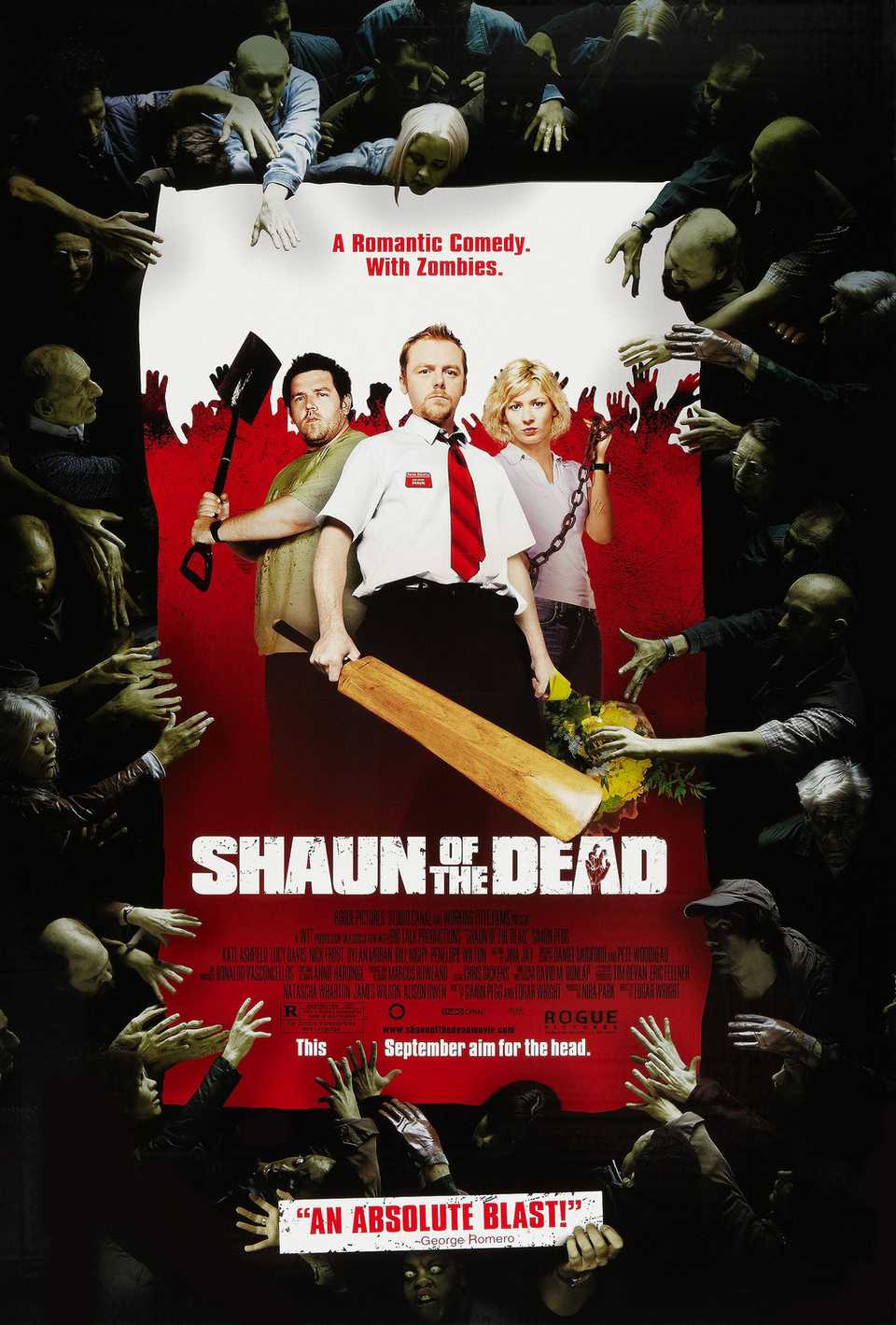
Your comment has not been saved
Shaun of the Dead
- Release Date
- September 24, 2004
- Runtime
- 99 minutes
Cast
 Kate Ashfield
Kate Ashfield Nick Frost
Nick Frost
From director Edgar Wright, Shaun of the Dead stars Simon Pegg as Shaun, an ambitionless slacker who one day finds his world overrun by zombies. From a script by Wright and Pegg, Shaun of the Dead injects comedy into a typically horror-focused subgenre as Shaun and his lazy friend Ed (Nick Frost) attempt to rescue Shaun's estranged girlfriend and make it through the apocalypse unscathed.
- Director
- Edgar Wright
Accompanied by equally inept friends, Shaun's fight for survival is played comedically and was a hit with audiences and critics alike following its release. In more recent years, Shaun of the Dead has sustained its cult classic status thanks to its delicate balance of horror and satirical components that make it easy for almost everyone to enjoy.

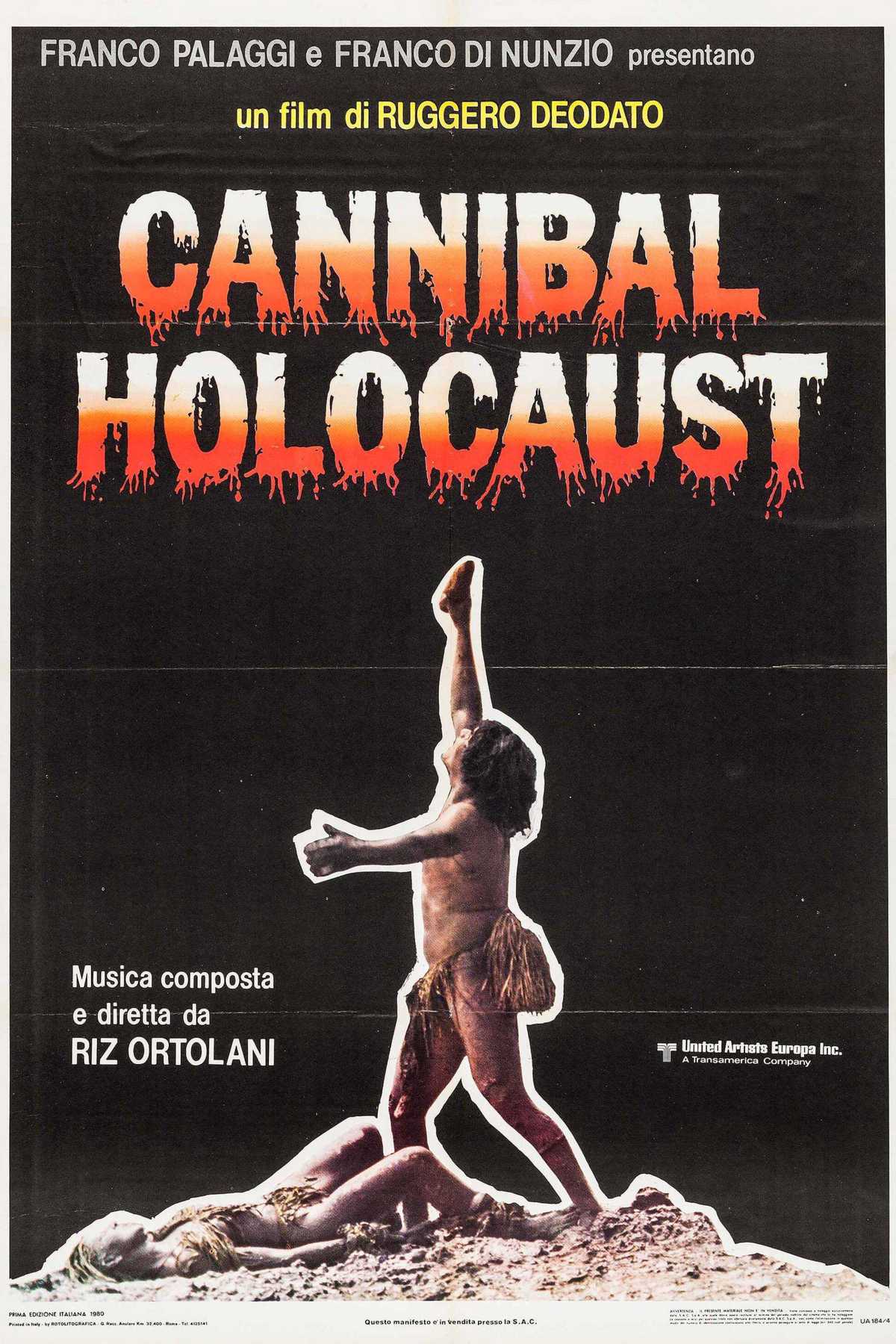




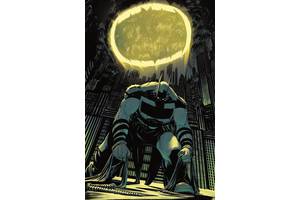


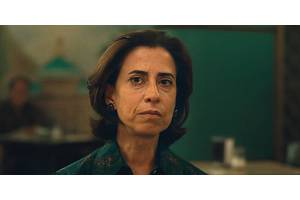
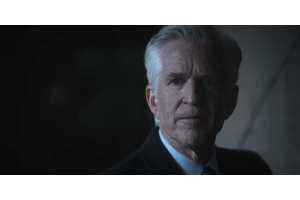
Your comment has not been saved